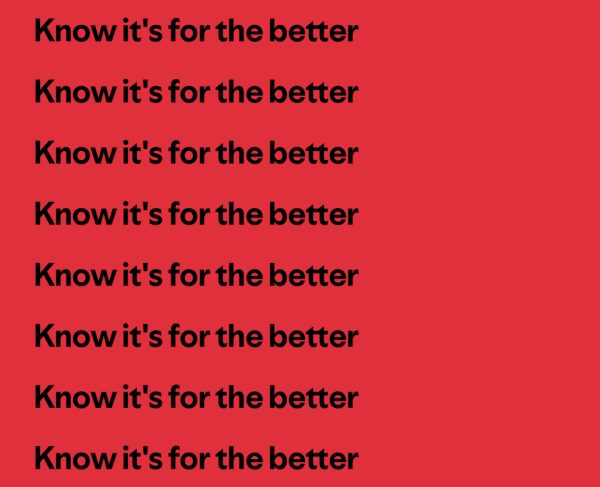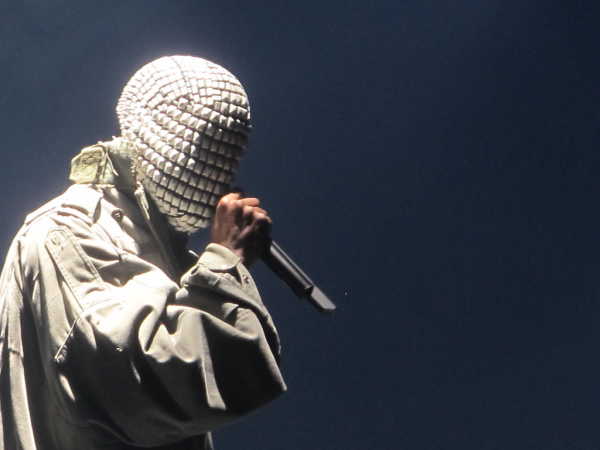The meaning behind the hijab, and what it signifies for Muslim girls
Fatma Abdelrahman, Moyassar Qwaider, and Fatima Mohtadi proudly wear their khimars (hijabs) by the beach.
To the outside eye, the hijab seems to be a piece of cloth shielding a woman’s hair and neck. In reality, this “piece of cloth” holds a much deeper meaning and carries a hefty value for Muslim women. College student Fatima Mohtadi has been wearing the hijab since seventh grade. “I have three older sisters who all wore the hijab, so when I reached puberty in the last semester of 7th grade, my mom celebrated my being a woman and said it was time to wear the hijab,” said Mohtadi. “The next day I went to school in a hijab, and the kid who sat next to me asked about the scarf on my head, and I explained what it was. The next few days I tried to understand it more and grew comfortable with it.”
A Muslim girl starts covering once she reaches puberty. Allah (God) uses the word “women” in the Quran not “girls” so it is implied that once a girl goes through the transition of becoming a woman, that is when she wears the hijab. A woman’s body is often seen as an object or source of propaganda these days, and we see women on billboards advertising things using their body and beauty. The word hijab means veil or barrier, and it is meant to protect Muslim women from the eyes and lust of the outside world; only family, the woman’s husband, and other women are permitted to see a woman without her covering (in moderation). The permitted family includes the father, brother, uncles, father-in-law, and any man she is blood related to or can’t marry excluding male cousins.
The rules of the hijab are as follows: women must cover every part of the body except the face and hands, clothing cannot be see-through or tight, and the clothing cannot resemble the clothing of nonbelievers (such as crop tops and other revealing clothing). The point of the hijab is to hide one’s beauty from the outside world; however there are still ways to look nice and develop a style as a hijabi. Fatima Mohtadi is a bubbly person who enjoys wearing more colorful hijabs and pairs them with dresses. Her favorite place to shop is Modanisa where she finds modest clothing that is suitable to her style.
The concept of hijab applies to both men and women. A verse in the Quran outlines this: “Say to the believing men that they restrain their eyes and guard their private parts. That is purer for them. Surely, Allah is well aware of what they do” (24:31). A huge part of men’s hijab is to lower their gaze. This means not looking at or sexualizing women and maintaining their part in preserving the modesty of Muslim women. Men also must cover their body from the navel to the knee in front of both guys and girls. Thus the common misconception that only women bear the duty of hijab is false and in reality men must also follow modesty.
Fatma Abdelrahman, Amataellah Omar, and Mariam El-Shiwaykh are the leaders of the Girl’s Halaqah at the Islamic Center of Glendale. Halaqah is a religous group where Muslim girls in Glendale (and throughout Los Angeles in some cases) meet weekly to discuss Islam and share curiosities about the religion. In one halaqah meeting, Abdelrahman imparted advice about the hijab on the younger Muslim girls in the group. “When girls ask me where to start, I would say take it one step at a time. For example, if you’re okay with wearing short sleeve shirts, you say ‘I’m going to stop wearing short sleeves, and I will start wearing longer sleeves’. You put a limit for yourself that Inshallah (God willing) in a year I will start wearing the hijab. Nothing happens out of the blue, it is something that comes gradually through your connection with Allah,” said Abdelrahman.
In recent years, people have been seeing the hijab as a trend and not appreciating or really understanding it’s significance. “I’ve seen many non-Muslim girls wearing a hijab as their profile picture and then I see their posts and I see that is not who they are. Things like this have made it harder to be genuine with wearing the hijab because it’s become more of a fashion statement than being a symbol of faith and closeness to Allah,” said Halaqah director Amatallah Omar. Social media is a prime example of distorting the true purpose of hijab. Muslim girls on Tiktok are bashed by other Muslims (and even non-believers) for either not wearing the hijab or wearing it differently. Critizing people for doing things differently rather than politely teaching them takes away from the true meaning of Islam which is to wear the hijab because of a personal desire to be close with Allah and not external pressures.
Some women delay wearing the hijab because they feel unequipped for the reality of it. “Instead of saying I will do what Allah commanded me to when I am ready, we should say I will do whatever Allah commands me to so that I am ready,” said Abdelrahman. College student Iffat Alam also offers a word of advice for girls who have yet to wear the hijab and are looking for a place to start. “A lot of things sound scary in the beginning but you just have to do it and get used to it. You start somewhere where you are comfortable, and then you work up from it,” said Alam.
For Muslims, the hijab is an act of worship and a way to get closer to God. It is often hard for some Muslims to enact the concept of hijab due to outside factors, but Islam teaches that Muslims who put effort into obeying the commands of God and keeping modesty alive are in turn rewarded.

Dream destination? Seeing the Northern Lights in Norway
Interests/ hobbies? Reading, hiking, listening to music, eating food
In...













